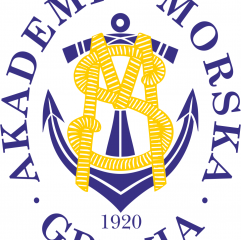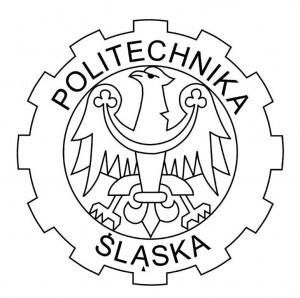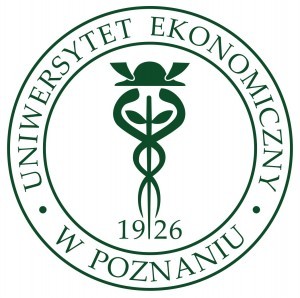Local pro-health food Zdrowe społeczeństwo
The aim of the CK Local pro-health food is use of local resources of fish and game, which are the natural wealth of Western Pomerania district in food production with increased health-oriented values. The Centre meets the expectations of consumers (for food with increased health-oriented value) and contribute to:
- promotion of the region through the use of local natural resources;
- the conscious use of raw materials from different parts of the region;
- designing a product with high nutritional value (using the meat of wild game and fish, reduce the use of additives, or supplementation with natural, bioactive food components);
- the development of processing technologies of raw materials based on natural biochemical processes.
The core competencies of CK Local pro-health food include:
- qualitative characteristics of raw materials, which are the natural wealth of the region, as well as products which are made of these raw materials;
- technologies of food production with increased health-oriented values.
CK Local pro-health food activity will enhance cooperation between science and economy, exploit the economic potential of the region and promote regional products, which in turn may represent an opportunity for the development of the West Pomeranian region.
| dr hab. inż. Małgorzata Sobczak
WNoŻiR, ul. K.Królewicza 4; 71-550 Szczecin Tel.: 91/449 6582; e-mail: malgorzata.sobczak@zut.edu.pl |
(Polski) Publikacje:
- Żochowska-Kujawska J. 2016 Effects of histochemistry of longissimus (L), biceps femoris (BF) and semimembranosus (SM) deer muscles salting with different NaCl addition on proteolysis index and texture of dry-cured meats. Meat Science; 121 , 390-396, http://dx.doi.org/10.1016/j.meatsci.2016.07.001
- Żochowska-Kujawska J., Lachowicz K., Sobczak M., Bienkiewicz G., Tokarczyk G., Kotowicz M., Machcińska E. Compositional characteristics and nutritional quality of European beaver (Castor fiber L.) meat and their utility for sausage production. Czech Journal of Food Sciences. 34, (1), 87-92. doi: 10.17221/350/2016-CJFS
- Sawicki W., J. Żochowska-Kujawska. 2016. Detection of meat adulteration in veal sausages using a multiplex PCR technique. Biotechnology and Food Science, 80, 1, 19-27., http://www.bfs.p.lodx.pl
- Panicz R. Validation of reference genes for RT-qPCR analysis of growth hormone receptor and growth hormone expression in the tench (Tincatinca) fed substituting poultry meal for fish meal. Aquaculture. 465: 179-188.
- Panicz R., Keszka S. 2016. First occurrence of thinlip grey mullet,Liza ramada (risso, 1827) in the Odra River estuary (NW Poland) – genetic identification. 58(3): 196-200. DOI: 10.1016/j.oceano.2016.02.001
- Nguyen T.T., Kempter J.,Panicz R. Monitoring of herpesvirus anguillae (AngHV-1) infections in the European eel in north-west Poland. Veterinary Medicine – Science and Practice. 72(9): 564-566
- Skuza L., Keszka S.,Panicz R., Śmietana P. 2016. Molecular characterization of the noble crayfish (Astacus astacus ) population form Pomeranian lakes (north-western Poland) based on mitochondrial DNA. Knowledge and Management of Aquatic Ecosystems. 417, 13, DOI: 10.1051/kmae/2015046
- Krzywiński T., Wianecki M., Tokarczyk G., Felisiak K.,Szymczak M. Wpływ dodatku mięsa z płoci na jakość i trwałość przekąsek mączno-rybnych. Żywność, Nauka, Technologia, Jakość, 1(104), 101-116.
Only for logged users




















